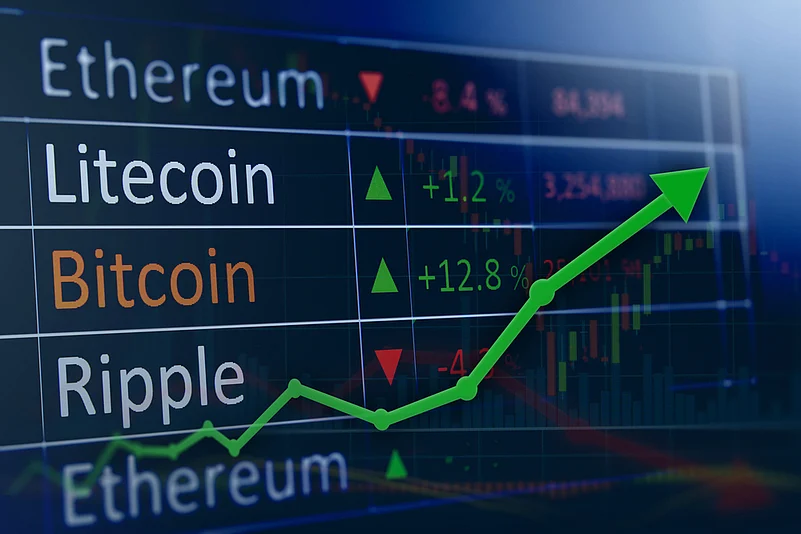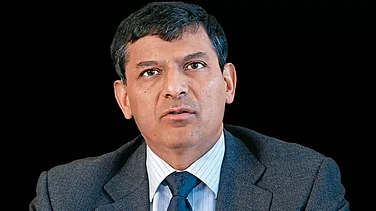Cryptocurrencies are catching the fancy of investors but the high volatility in prices is keeping some others away. For example, Bitcoin’s lowest price in October was Rs 54,942 (October 3) and its highest till October 27 was Rs 62,672 (on October 17), a difference of about 14 per cent. Even other cryptocurrencies have shown high volatility in prices in the past. Let’s explore what causes the volatility in cryptocurrencies.
Here Is Why Cryptocurrencies Are So Volatile
The primary reason for volatility in cryptos is their newness. All new concepts take time to settle and be accepted and the same holds true for cryptocurrencies.

Price Discovery Stage
The primary reason for volatility in cryptos is their newness. All new concepts take time to settle and be accepted and the same holds true for cryptocurrencies. The asset class, the market as well as investors/speculators are still finding their feet and so it is still the initial stages of price discovery.
Cryptos have gained global prominence (or, notoriety) in the last few years, but as an asset class, they are not as accepted as traditional assets such as equity or gold. Growing acceptance and maturity of the market go hand in hand. That is why when Tesla indicated that cryptocurrencies will not be accepted as a mode of payment, the value of Bitcoin crashed. But when Tesla boss Elon Musk wrote ‘Doge’ on his Twitter post, the value of Dogecoin went up.
Such influencing events or personalities are adding to the volatility, just the way when some star investor buys a particular company’s shares, the prices of that share tend to rise.
Given the lack of understanding and rules, trading is at present highly speculative. Investors bet on the prices going up or down, and these speculative bets cause a sudden influx or outgo, leading to high volatility.
Lack Of A Controlling Agency
Unlike other asset classes that have some sort of governing or controlling agencies, cryptocurrencies are by their very nature not controlled by any entity in the traditional sense as fiat currency or equity or bonds are.
In India, as of now, there is no regulatory framework under which cryptocurrencies come.
The anonymity is what attracts investors or makes them skeptical.
The Sentiment Factor
When cryptos get more popular and accepted, more investors will understand the factors that influence their movement. Till then, a lot of the movement is speculative in nature as investors are buying or selling based on sentiment.
Even those who are looking at cryptos for the long term are doing so as they believe that the asset class will gain acceptance. Tesla’s Musk, for instance, explained that he owned Dogecoin because many of the employees at Tesla and SpaceX own Dogecoin.
“Many young investors are putting money in cryptos. Their aim is to invest and earn quickly. So when they lose a big amount, they usually quit the market, leading to volatility in the market,” says Ajeet Khurana, a crypto project advisor and investor.
One such young investor is Delhi-based student Shivam Tiwari, 21, who has been investing in cryptos regularly since 2016. “My maximum loss so far has been Rs 89,000 and profit has been one-fourth of that. But we have to keep in mind that the volatile nature (of cryptos) makes it different from other forms of investments,” says Tiwari.
“A few days ago, my investment jumped to Rs 1 lakh but fell to its original amount of Rs 40,000 within a few hours. I have faced similar situations many times,” says Vishal Bhardwaj, 29, who works as a senior engineer in a company in Delhi.
Limited Supply And Major Holdings
Unlike fiat currency, some cryptos such as Bitcoin are in limited supply. Bitcoin supply is limited to?21 million, but since it is among the most popular cryptos, demand and supply forces come into play. For instance, Litecoin has a maximum supply of 84 million, while Chainlink’s (Ehtereum-based) limit is 1 billion.
Moreover, as cryptocurrency is a digital asset, the price is determined entirely by the laws of supply and demand.
“Given the limited supply, some entities have major holdings in the crypto and can, thus, influence the rise and fall of crypto markets by selling or buying more of the crypto. This adds to the overall volatility,” says Khurana.
“It is true that the crypto market is more volatile than other markets. But the risk of volatility can be rewarded with high rewards (returns). In that sense, volatility is not the enemy,” says Khurana. The two investors mentioned above, Tiwari and Bhardwaj, agree. They say that the volatility is not that big a concern as the returns can be high.

























